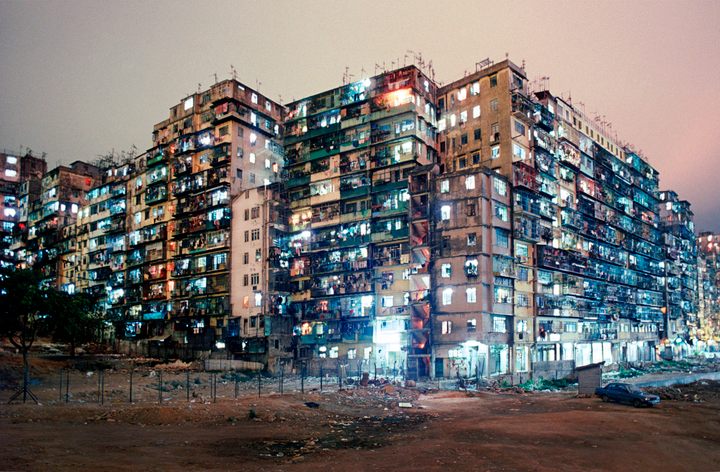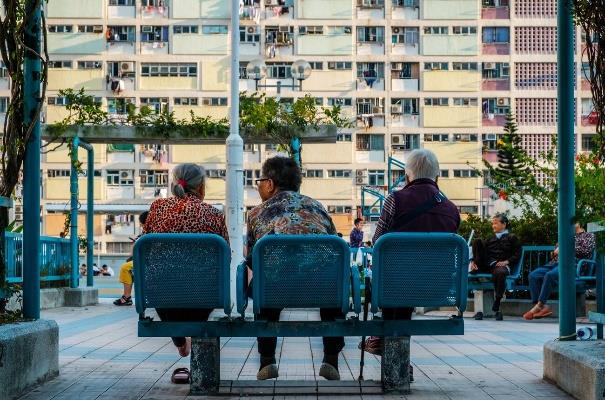"Life was poor, but we were very happy."
says Heung Yin-king, a Walled City resident.
According to Yahoo Finance, Hong Kong is ranked 12th among the safest cities to visit in Asia in 2024. However, can you imagine that as in 50 years ago, there was a place in the city notorious for its high level of organised crime, where police didn’t dare to tread? This place was called the Kowloon Walled City.
The Kowloon Walled City, located in Kowloon City, a neighbourhood in Kowloon was a unique and densely populated urban settlement that existed in Hong Kong. Originally a military fort, the Kowloon Walled City evolved into an infamous and densely packed enclave known for its unregulated development, organised crime, and unsanitary conditions. For many years, there were misconceptions that the area was the home of the poorest, but in fact, people from all walks of life lived there.
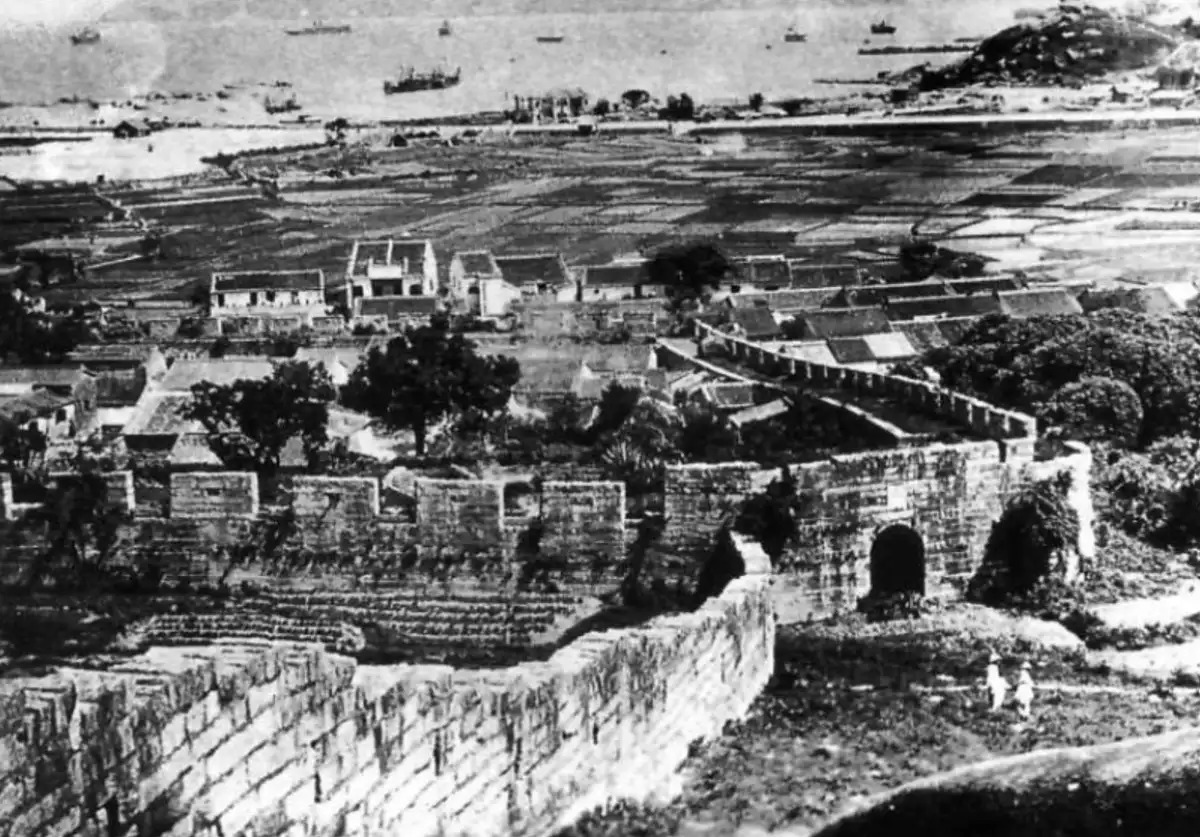
The history can be traced back to the late 19th century when the Qing dynasty leased the New Territories, including Kowloon to the British Empire. When the British leased the New Territories, the fort was excluded from the agreement. Over time, the fort fell into disrepair, and by the 20th century, it was largely abandoned. With no clear ownership of jurisdiction, the area coined its name as “Hak Nam” in Cantonese meaning “City of Darkness” and became a haven for squatters and refugees fleeing political unrest.
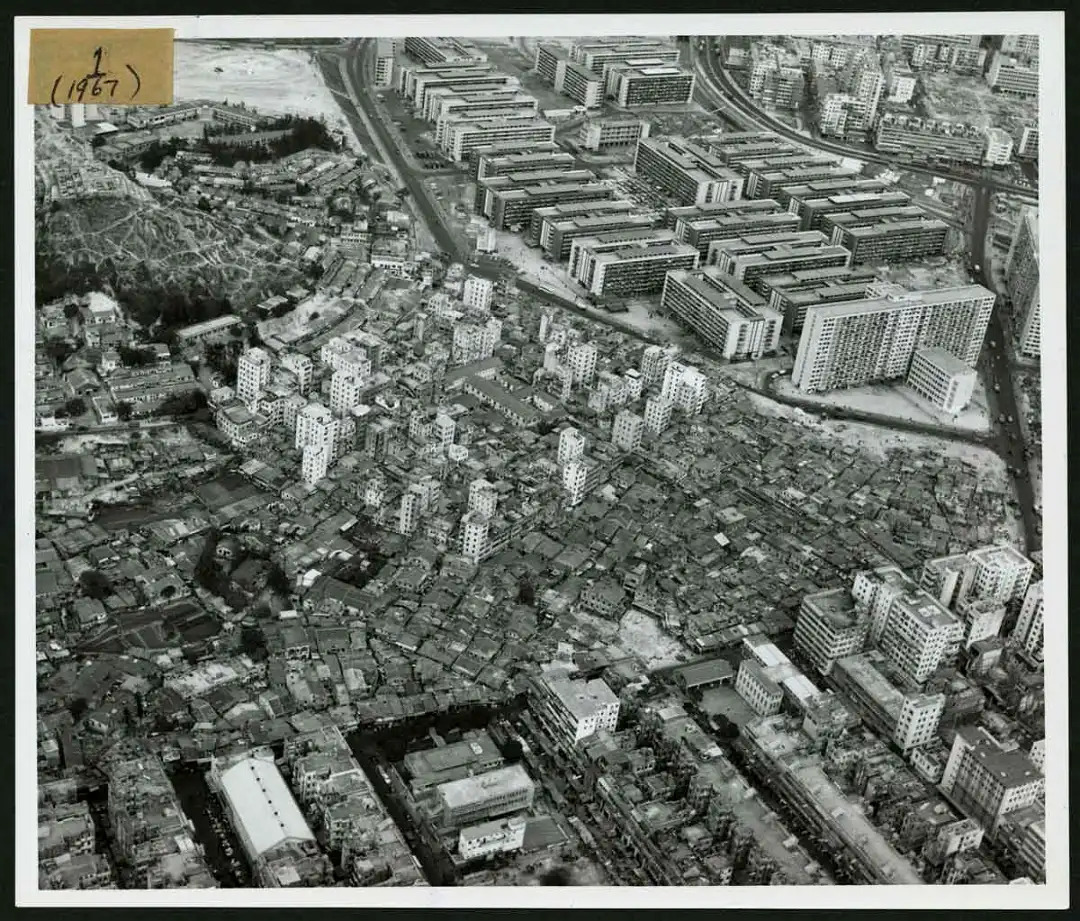
In the absence of government control, the walled city grew organically and haphazardly. The lack of regulations and oversight led to the construction of interconnected buildings and structures, resulting in a chaotic maze-like cityscape with 500 buildings built in 2.7 hectares of land. Living conditions were extremely cramped, with 55,000 residents and an estimated population density of over 40 square ft per person or family paying HKD$35 as monthly rent.
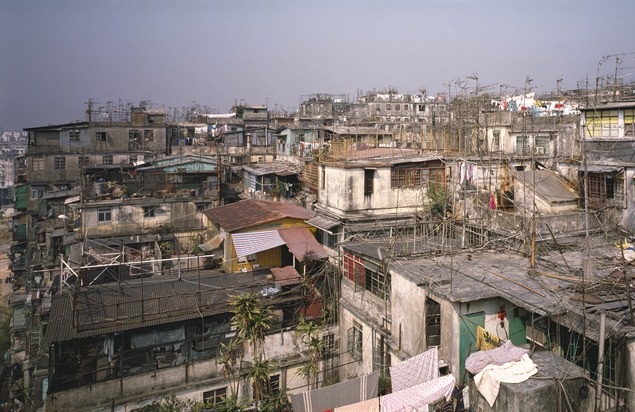
The lack of infrastructure and basic amenities, such as running water and garbage-collection systems, contributed to unsanitary conditions and health risks. Walking down the hallways, lights would be flickering with rats crawling, one had to manoeuvre around tangled electric wires while the ceilings were dripping with sewage. “The mailboxes were made of steel, and there were a lot of electrical wires on top of them. Little did I know that one wire was touching a mailbox. So the moment, I dropped a letter into the box, I got a shock! One thing I also never saw anywhere in Hong Kong was giant rats. But in the Walled City, they were a commons sight. They were as big as cats!” – says Lam-Po-Chun, a postman who worked inside Hong Kong’s Walled City for 12 years.
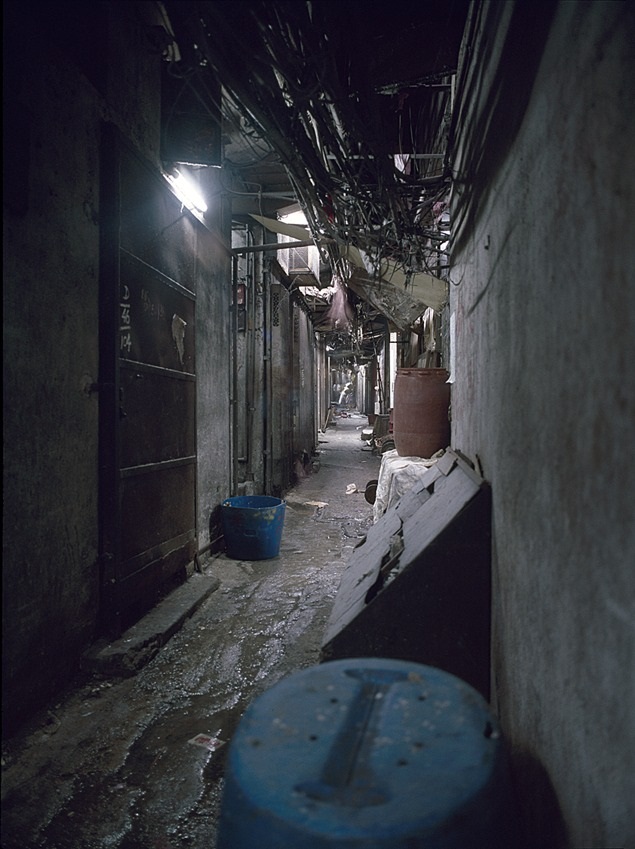
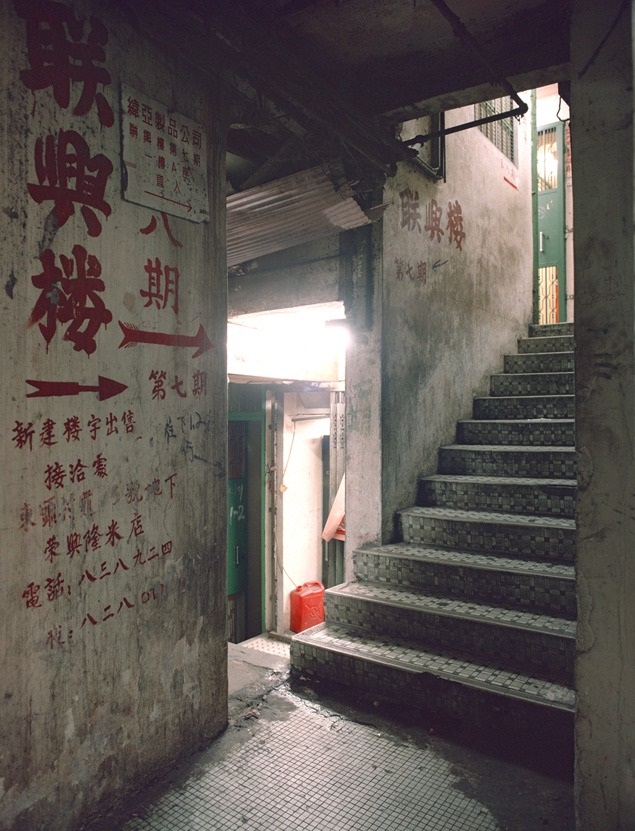
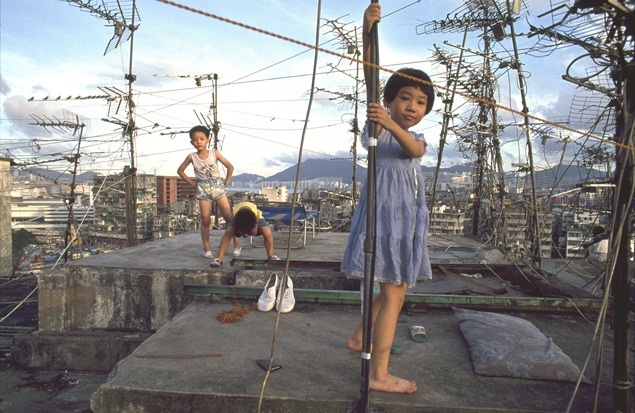
The city was controlled by various triad gangs who conducted illegal activities including gambling, opium parlours and prostitutes, residents endured dangerous living conditions while being crammed in small spaces. Its lawless reputation and the absence of effective government made it a challenge for law enforcement agencies to maintain order and most feared to enter the buildings. Surprisingly, incidents of robbery or burglary were unlikely to occur within Kowloon Walled City due to the strong presence of these organised criminal groups.
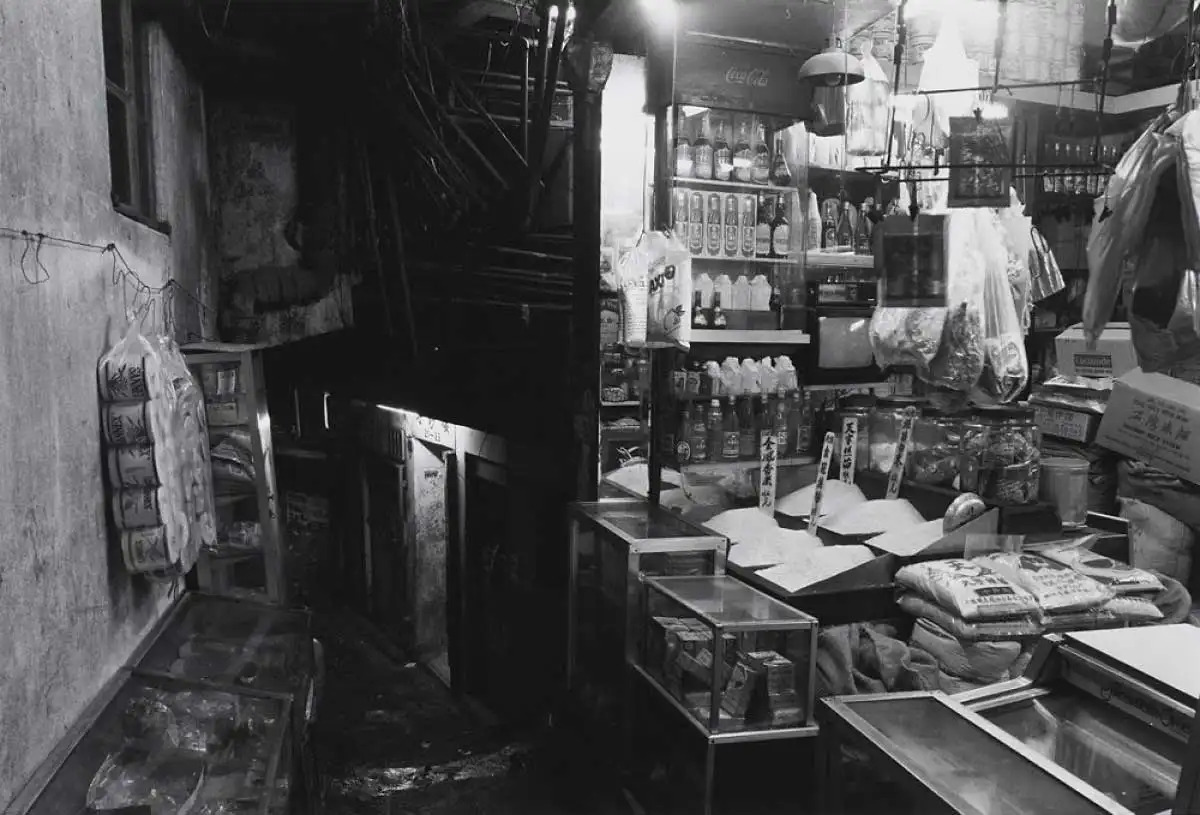
Beneath its reputation for its high level of organised criminal activity, the Kowloon Walled City had a thriving business in manufacturing and producing everything from fish balls, roasted meat to plastic doll parts. These items would make their way all around Hong Kong and would even be exported to mainland China. Many street stalls offered the tastiest treats made by the neighbours and could not be found anywhere else. Most of the residents had a very close-knit relationship and often helped each other out even in bad conditions. Former residents who lived in the Walled City would all say what they miss the most is the friendship and the special bond they shared. Neighbours would play ping-pong in the hallway while kids would go up onto each other’s rooftop and leap from building to building.
.jpg)
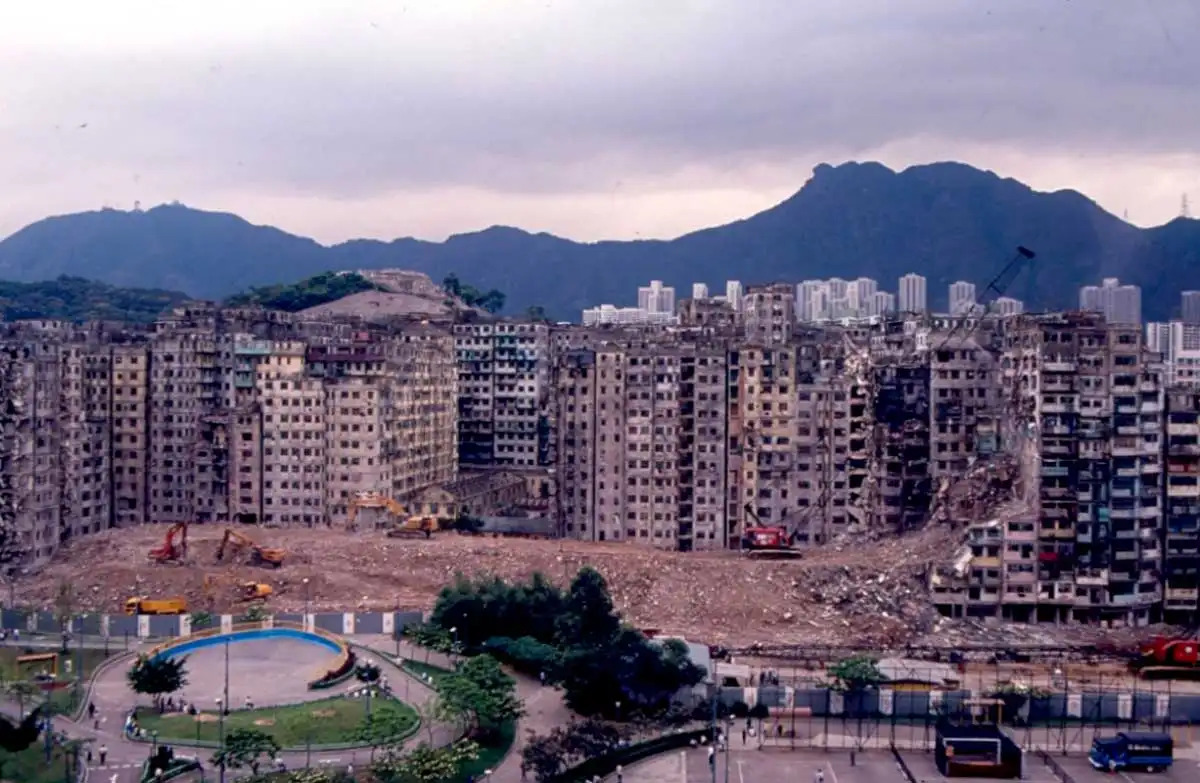
The efforts to address the issues of the walled city began in the 1950s, but it wasn’t until 1987 that the governments of Hong Kong and China decided to demolish the settlement and redevelop the area. The clearance and demolition process began in 1993, and by 1994, the Kowloon Walled City was demolished.

Today, one side of the site has been transformed into Kowloon Walled City Park and is designed to resemble a Jiangnan Garden of the early Qing dynasty. The 31,000 square metres park incorporates elements of traditional Chinese architecture and features a garden, pavilions, and relics from the walled city’s past, providing a glimpse into its history for visitors. The other side has a charming old-town feel and concentration of local cuisine, known for Thai food and Muslim cuisine. The story and legacy continue to capture people’s imagination as a unique and extraordinary urban phenomenon. If you’re up for some exploring around Kowloon, this should be on your list.

